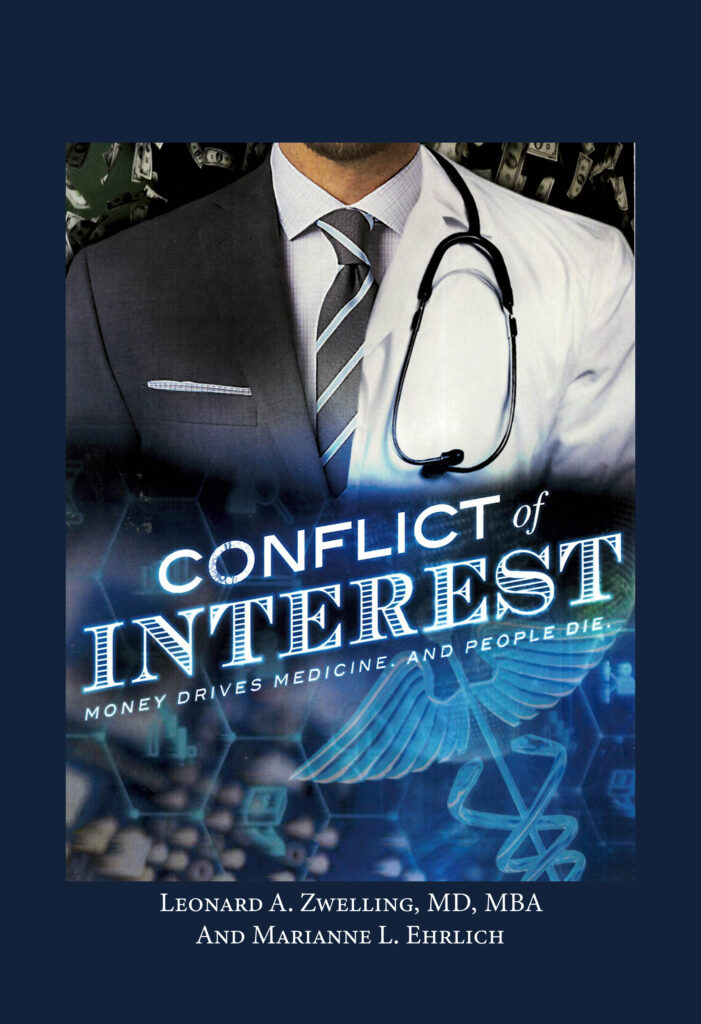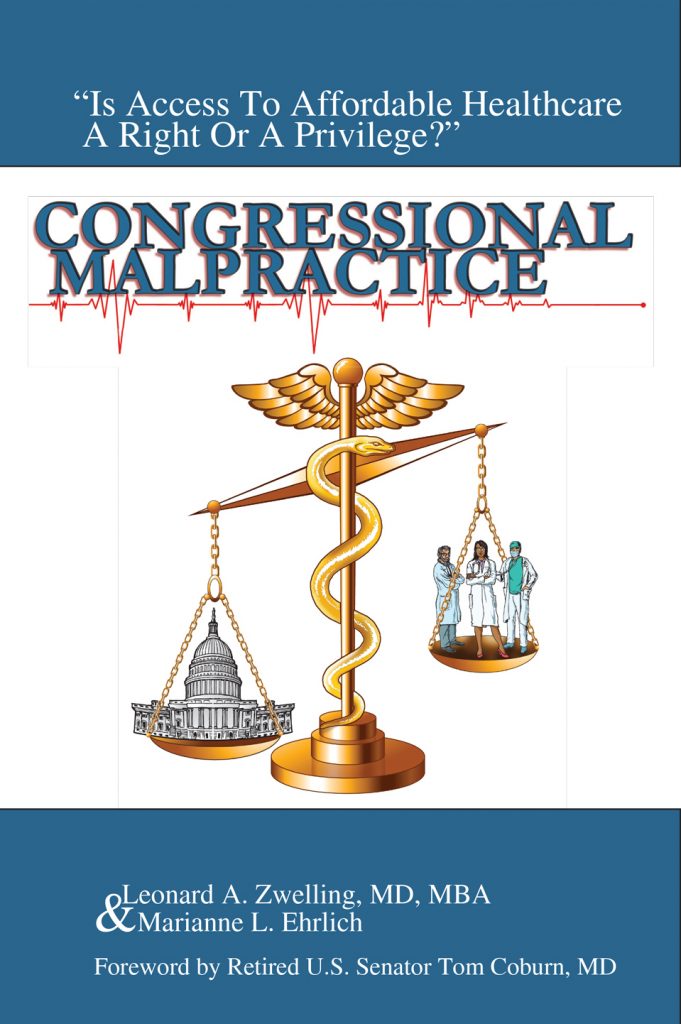Why I Had To Leave Duke And Why I Couldn’t Leave MD Anderson: What’s Next?
By
Leonard Zwelling
In short, if you want to learn how to recognize, diagnose, treat, and prevent cancer, it is best done at a major cancer center. I understand that many of the finest university medical schools and teaching centers have NCI-designated cancer centers, but the big four still count—NCI, Roswell Park, Memorial Sloan-Kettering, and MD Anderson.
The BW and I travelled to Durham, North Carolina on May 12 so she could attend the Duke Medical School’s Medical Alumni Council of which she has been a member for almost three years. This was the MAC’s first meeting on campus since Covid struck and reduced all communications to zoom.
Mary Klotman, the Medical School Dean, and a real researcher and clinician herself, gave an overview of what is going on in the medical school (a great deal). She reviewed how Duke set the standard for how to handle the Covid threat on a university campus, and how a modern medical school has to deal with the challenges of the new world of medicine including the development of programs in equity, diversity and inclusion (appoint a vice dean), the acquisition of a 275,000 square foot campus in the Research Triangle Park to bring all the infectious disease virologist, viral immunologist, and clinical investigators together and be the Covid war room, and the conversion a 90-year old Private Diagnostic Clinic to the model started by R. Lee Clark at MD Anderson in the late 1940s.
Duke had always had the Private Diagnostic Clinic, a for-profit medical practice, where you eat what you kill and the dean was none the wiser. How unwise? She could not report the actual salaries of the faculty members of the Duke Medical School in the PDC to the NIH because she didn’t know them because she was head of a not-for-profit, the Duke School of Medicine, that could not admix its business with that of a money-making venture.
Three successive medical school deans had tried to bring the PDC into the medical school fold and create a single entity for the delivery of clinical care and the full integration of all clinical operations and faculty at Duke. Dr. Klotman has finally done it with a 75% yea vote by the PDC membership to dissolve the for-profit model and be an integral part of the Duke School of Medicine. This is a major accomplishment for her and amusing to us who have spent our career at a place that realized that full integration of the clinical, research, and educational missions of MD Anderson were optimal for the delivery of cutting-edge clinical care and the performance of world class clinical research—research-driven patient care.
Duke has finally caught up. But is MD Anderson catching down?
More and more the basic sciences at MD Anderson are not viewed as integral parts of the patient care mission. Duke is trying to create in July 2023, what MD Anderson has been since its inception, but which current MD Anderson leadership may be undermining.
Without world-class basic and translational research with world-class leadership of the administration and chairmanships of the basic sciences, the MD Anderson mission will shrivel.
Fortunately, many who have been in the MD Anderson system for years are beginning to recognize the potential threat to the mission that was the immediate past President and may well be the current one. Dr. DePinho is a great scientist, but has no credentials in oncology and was not a credible clinician. Dr. Pisters is a famous surgeon with no scientific credentials at all and I fear a lack of appreciation of what it takes to do science and why science must be an integral part of the MD Anderson mission and play an equally prominent role in the development of new therapies. It’s why I came and why I stayed.
It is humorous to me that Duke has finally arrived at the place where MD Anderson has always been. But it cannot be met with MD Anderson losing sight of the critical role of lab-based, population-based and clinical/translational science in the delivery of the next generation of cancer care. It’s not too late, but new leadership in the clinical and basic departments at MD Anderson is needed and also needed in the offices to whom these department leaders report.
If MD Anderson is going to continue to be the number one place for cancer care, it also has to be world-class in all aspects of cancer research. And that includes executive administration. It’s not there now.





2 thoughts on “Why I Had To Leave Duke And Why I Couldn’t Leave MD Anderson: What’s Next?”
Thanks for this excellent summary of what we heard at Duke last week. Duke Medicine seems to moving in the right direction of “Duke One” with continued support for all kinds of basic and translational research. We MUST support the importance of studying what we are doing as clinicians with expert research in addition to a supportive working environment and reasonable compensation. Having been at Mayo Clinic for 20 years of my career, I understand how both can be accomplished and carried their philosophy to founding the Vascular Care of Maine Center and then to the Roper St Francis Heart and Vascular Center associated with the Medical Univ of South Carolina in Charleston.
It’s how we were trained. It’s how we practiced. LZ